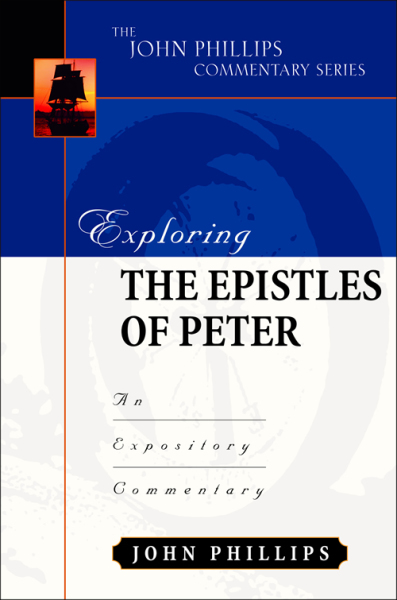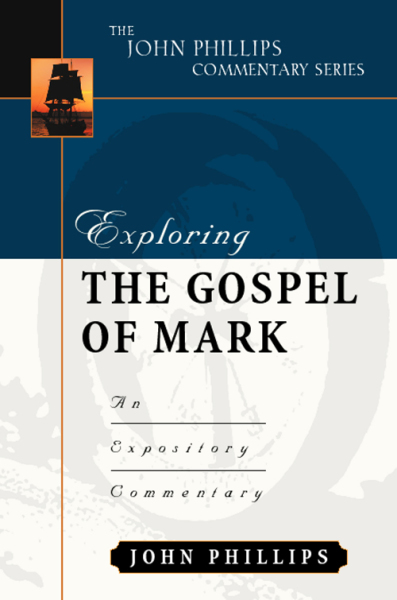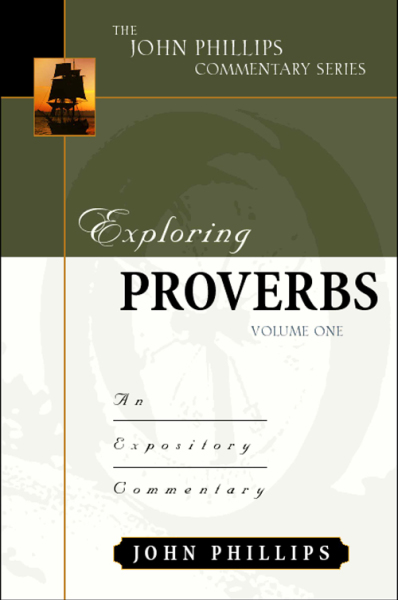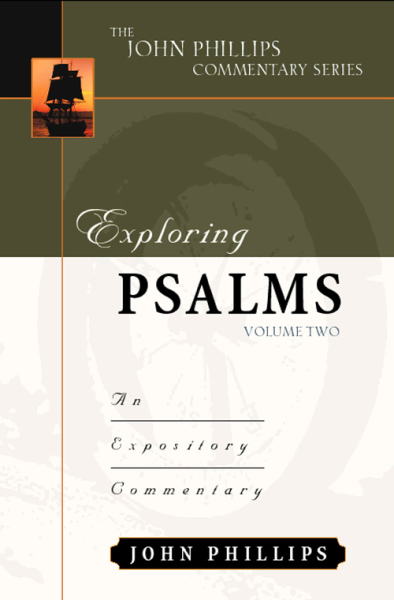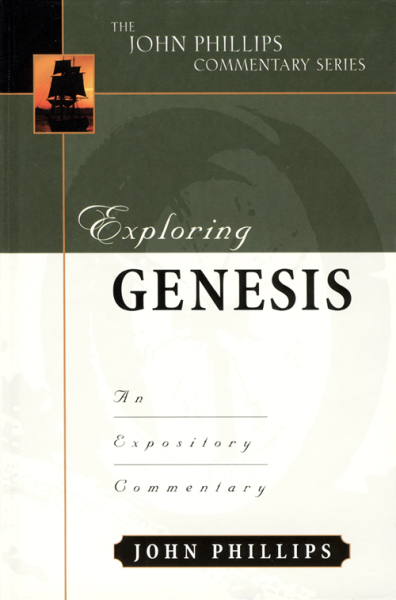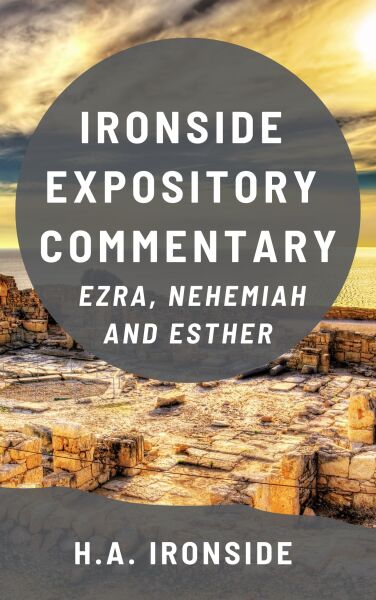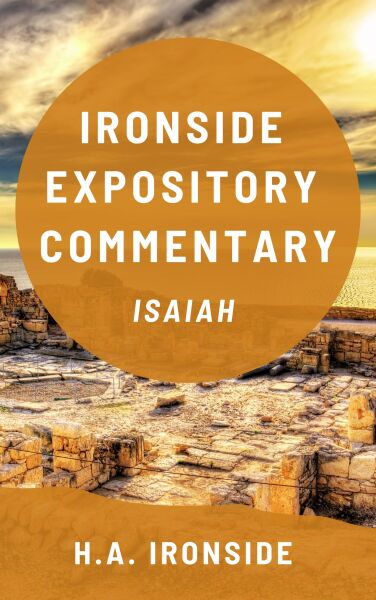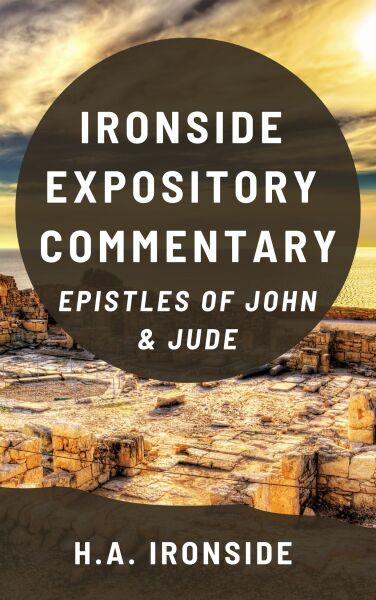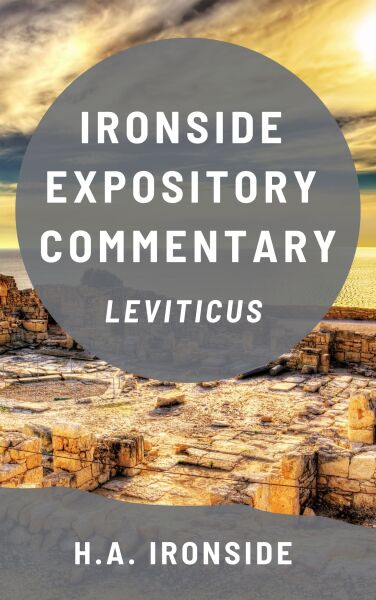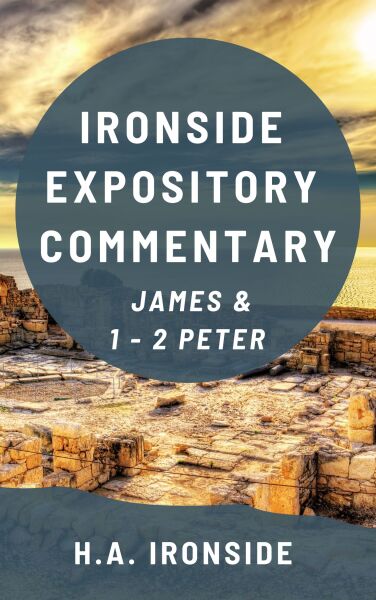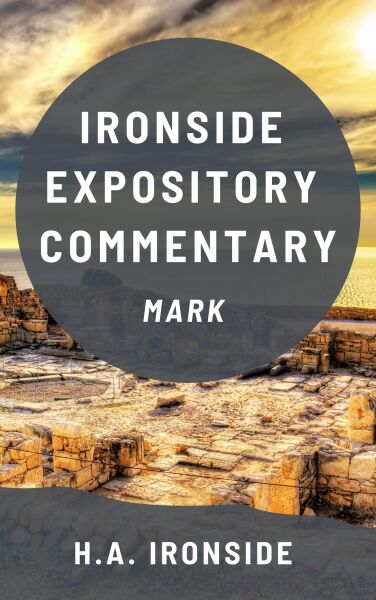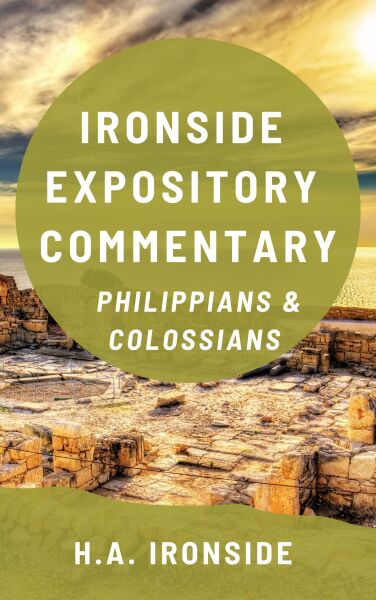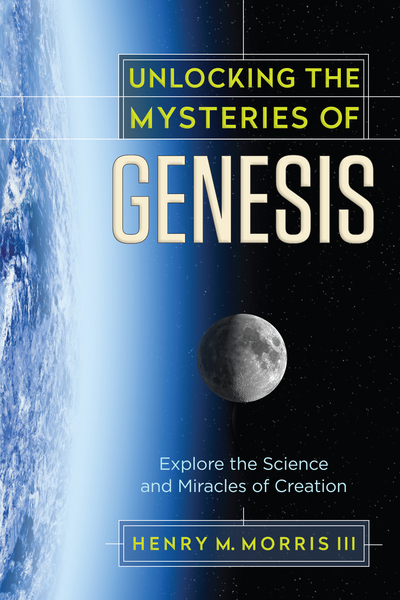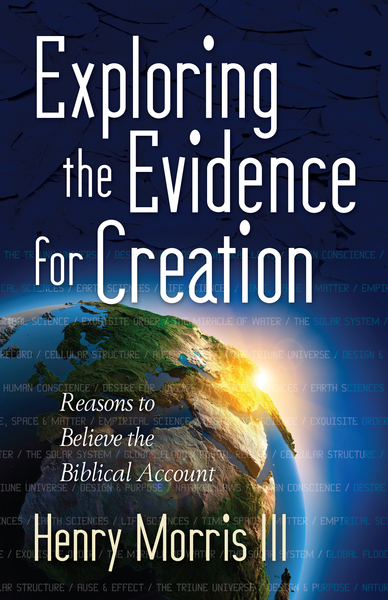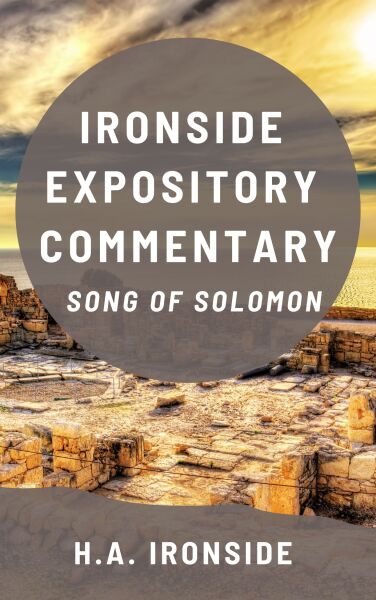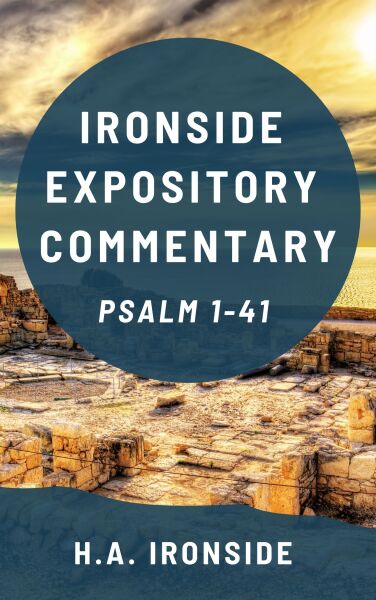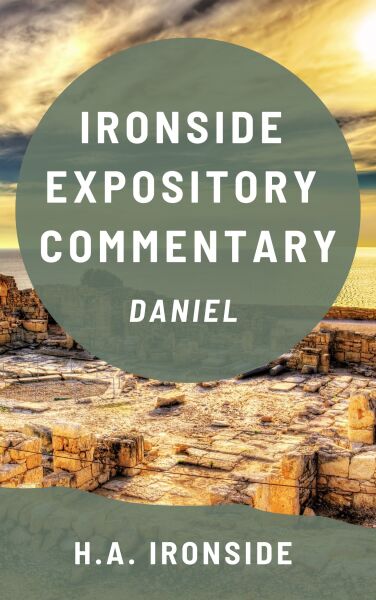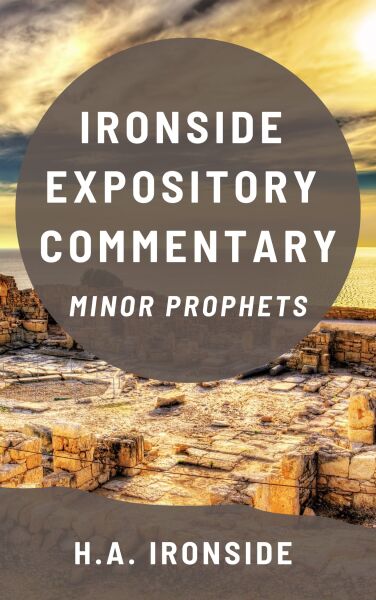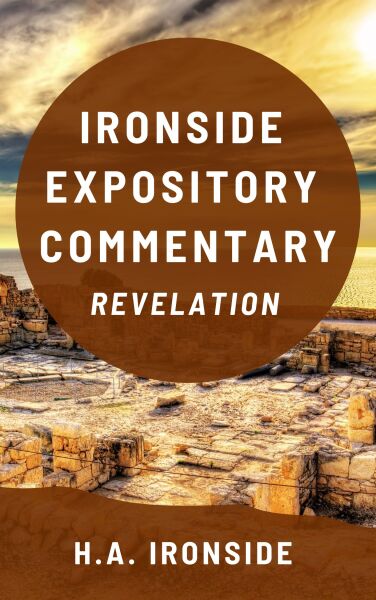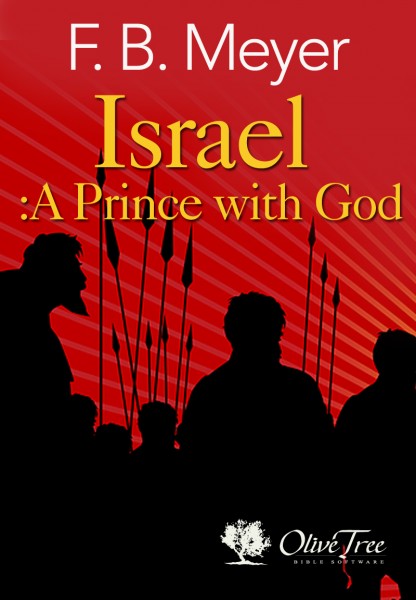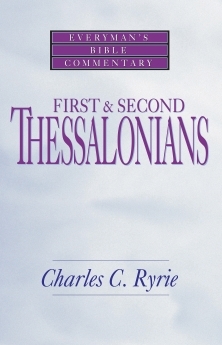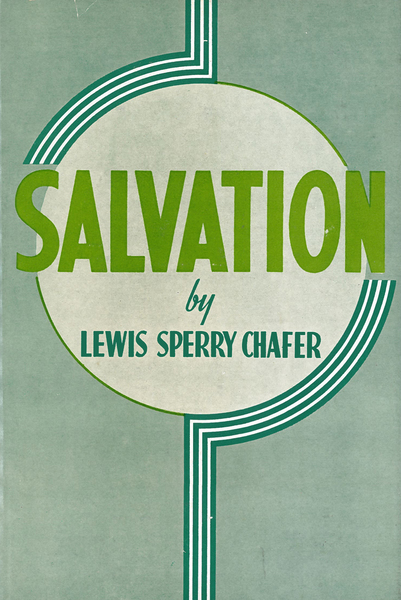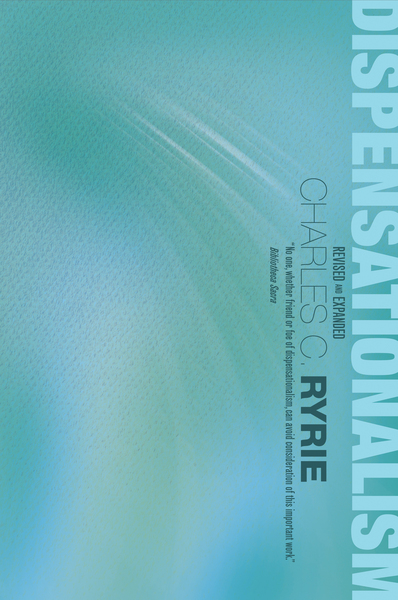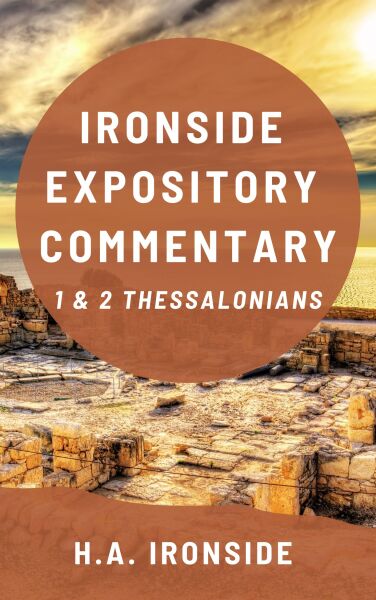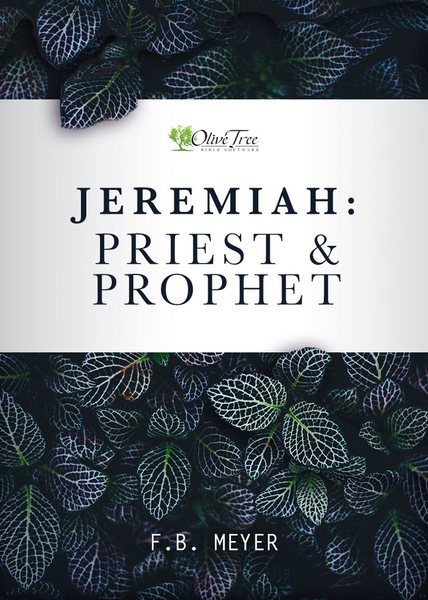Olive Tree Account
Olive Tree Account


Forgot Password
Enter the email address associated with your Olive Tree account to reset your password

Features
Click on a feature to learn more.
The Resource Guide is the most powerful feature in the Olive Tree Bible App. As you read your Bible in the main window, the Resource Guide follows along and displays relevant Bible study information from your study notes, commentaries, maps and more.
Gain knowledge on any passage of the Bible, exactly when you need it. The Resource Guide will let you know when information in this title is relevant to anything in the main window. It will also track along with you as you read through the Bible.
Get a feel for how books of the Bible are laid out and how your commentaries will be structured. You can also access these from the Resource Guide when it's applicable to the passage you're reading, providing additional context.
Quickly find information about a book of the Bible, its author, date, audience, purpose, and other topics. If you have an introduction to the book of the Bible you're currently reading, the Resource Guide will make it easily accessible for you.
Did your resource mention a passage of Scripture, but you can't remember what the verse says? Never fear! Tap the linked verse and a pop-up window will appear, giving you quick and easy access to the verse in context.
John Phillips Commentary Series - Exploring the Pastoral Epistles
For the Olive Tree Bible App
Author: John Phillips
Publisher: Kregel

John Phillips Commentary Series - Exploring the Pastoral Epistles
For the Olive Tree Bible App
Author: John Phillips
Publisher: Kregel
Our Price:
$32.99
Gift Price:
$32.99
Available for:
iPad, iPhone, Android, Mac, and Windows.
Features
Click on a feature to learn more.
The Resource Guide is the most powerful feature in the Olive Tree Bible App. As you read your Bible in the main window, the Resource Guide follows along and displays relevant Bible study information from your study notes, commentaries, maps and more.
Gain knowledge on any passage of the Bible, exactly when you need it. The Resource Guide will let you know when information in this title is relevant to anything in the main window. It will also track along with you as you read through the Bible.
Get a feel for how books of the Bible are laid out and how your commentaries will be structured. You can also access these from the Resource Guide when it's applicable to the passage you're reading, providing additional context.
Quickly find information about a book of the Bible, its author, date, audience, purpose, and other topics. If you have an introduction to the book of the Bible you're currently reading, the Resource Guide will make it easily accessible for you.
Did your resource mention a passage of Scripture, but you can't remember what the verse says? Never fear! Tap the linked verse and a pop-up window will appear, giving you quick and easy access to the verse in context.
Available in these sets:
Description
Both Titus and Timothy were young, gifted, and beloved by Paul; both of them were entrusted with delicate missions on more than one occasion. But there the similarities end. Titus and Timothy are a study in contrasts. Timothy was half Jew and half Gentile; Titus was a full-blooded Gentile. Paul circumcised Timothy because the young man was already half Jewish and making him a full Jew would increase his usefulness in dealing with Jews. Paul did no such thing with Titus. On the contrary, the apostle took advantage of Titus’s uncircumcision to face down the Jerusalem church. There were differences in temperament as well. Timothy had a retiring disposition; Titus was made of tougher fiber and was less likely to be intimidated. We also note that Paul often associated Timothy with himself when addressing letters to various churches but never included Titus in his salutation. Also, Timothy appears here and there in the book of Acts; Titus appears nowhere in Acts.
Paul’s immediate purpose in writing to Titus was to summon him to Nicopolis and to tell him that Artemas or Tychicus would be replacing him on Crete. Paul expanded the letter by including instruction, exhortation, and guidelines for local churches. Although the epistle is brief, it is a veritable miniature manual for ministers and includes several outstanding doctrinal statements (e.g., 1:1-4; 3:11-14). As brief as the letter is, it contains forty-four words that occur nowhere else in the New Testament.
Paul may have written numerous letters to his young friend Timothy. Two of them have been immortalized as books of the Bible. Little did Timothy suspect when he became a Christian that his name would become a household word wherever the gospel was preached - to the ends of the earth and to the end of time. Yet, here we are on a continent of which no Caesar ever dreamed, nearly two thousand years after Timothy’s death, preparing to weigh each word Paul wrote to Timothy in the first of the two letters that have survived.
The John Phillips Commentary Series is designed to provide pastors, Sunday school teachers, and students of the Scripture with doctrinally sound interpretation that emphasizes the practical application of Bible truth. Working from the familiar King James Version, Dr. Phillips not only provides helpful commentary on the text, but also includes detailed outlines and numerous illustrations and quotations. Anyone wanting to explore the meaning of God's Word in greater depth - for personal spiritual growth or as a resource for preaching and teaching - will welcome the guidance and insights of this respected series.
John Phillips (1927-2010) served as assistant director of the Moody Correspondence School as well as director of the Emmaus Correspondence School, one of the world's largest Bible correspondence ministries. He also taught in the Moody Evening School and on the Moody Broadcasting radio network.
Paul’s immediate purpose in writing to Titus was to summon him to Nicopolis and to tell him that Artemas or Tychicus would be replacing him on Crete. Paul expanded the letter by including instruction, exhortation, and guidelines for local churches. Although the epistle is brief, it is a veritable miniature manual for ministers and includes several outstanding doctrinal statements (e.g., 1:1-4; 3:11-14). As brief as the letter is, it contains forty-four words that occur nowhere else in the New Testament.
Paul may have written numerous letters to his young friend Timothy. Two of them have been immortalized as books of the Bible. Little did Timothy suspect when he became a Christian that his name would become a household word wherever the gospel was preached - to the ends of the earth and to the end of time. Yet, here we are on a continent of which no Caesar ever dreamed, nearly two thousand years after Timothy’s death, preparing to weigh each word Paul wrote to Timothy in the first of the two letters that have survived.
The John Phillips Commentary Series is designed to provide pastors, Sunday school teachers, and students of the Scripture with doctrinally sound interpretation that emphasizes the practical application of Bible truth. Working from the familiar King James Version, Dr. Phillips not only provides helpful commentary on the text, but also includes detailed outlines and numerous illustrations and quotations. Anyone wanting to explore the meaning of God's Word in greater depth - for personal spiritual growth or as a resource for preaching and teaching - will welcome the guidance and insights of this respected series.
See How Bible Commentaries Work in the Olive Tree Bible App
John Phillips (1927-2010) served as assistant director of the Moody Correspondence School as well as director of the Emmaus Correspondence School, one of the world's largest Bible correspondence ministries. He also taught in the Moody Evening School and on the Moody Broadcasting radio network.
You might also like…
You might also like…












